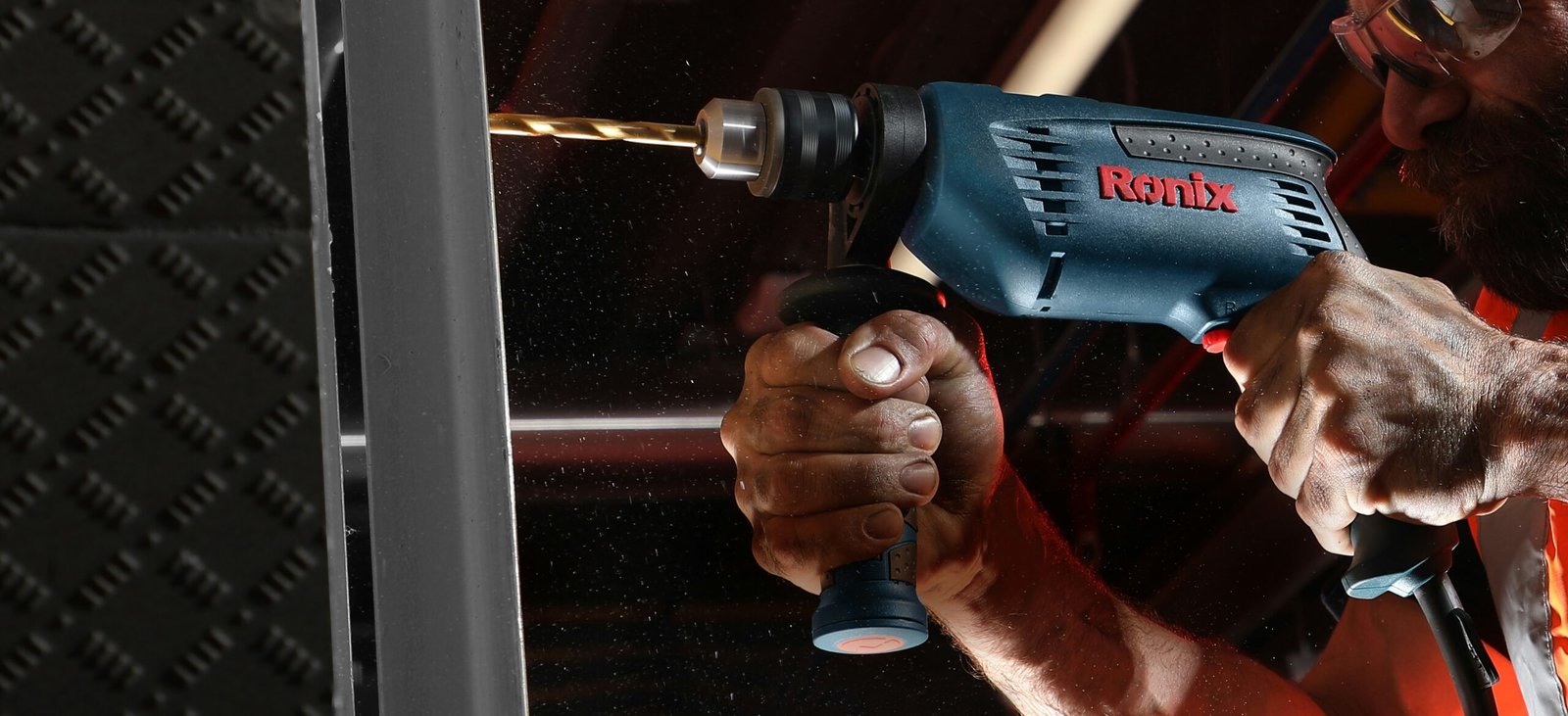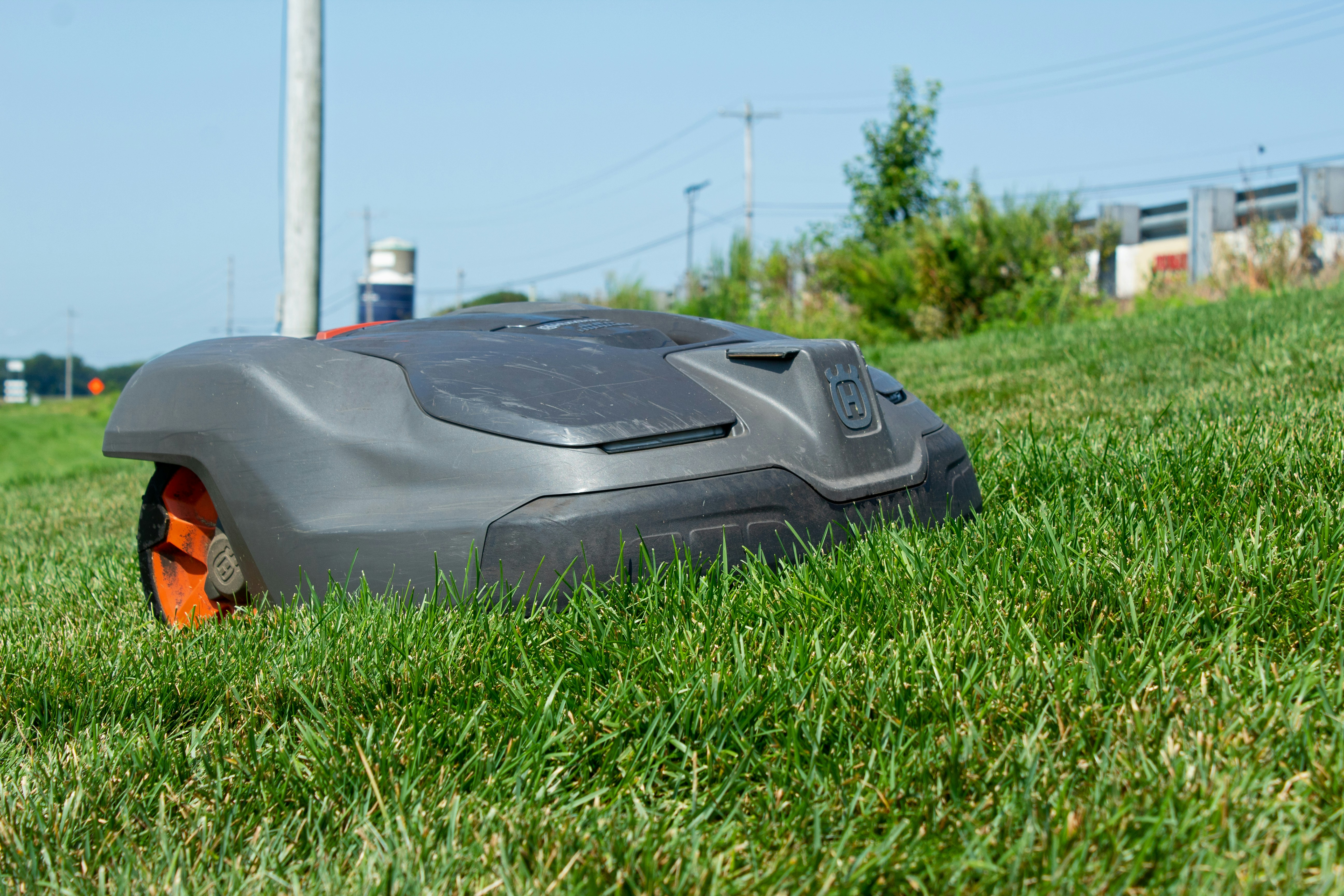Understanding Jigsaws: An Overview
A jigsaw is a versatile power tool specifically designed for making precise cuts in various materials. Unlike traditional saws that excel in straight cuts, jigsaws are equipped with a reciprocating, straight blade that allows for intricate and curved cutting patterns. This unique capability sets jigsaws apart, making them ideal for projects that require a significant level of detail and finesse, such as crafting intricate designs or shaping materials to fit specific contours.
Jigsaws can cut through a range of materials including wood, metal, plastic, and ceramic tiles. This broad versatility makes them an essential tool in both professional and DIY settings. In woodworking, jigsaws are commonly used to create complex shapes and patterns in cabinetry, furniture, and decorative elements. Similarly, in metalworking, they can efficiently cut through sheets of metal, often with the addition of specially designed blades. Their adaptability also extends to projects involving various other materials, showcasing their invaluable role in a wide spectrum of applications.
The jigsaw’s ease of use and portability further enhances its appeal, allowing users to tackle projects both large and small. It is particularly favored by DIY enthusiasts who appreciate the tool’s capability to deliver professional-grade results without the need for extensive training or experience. However, the quality of the jigsaw—ranging from minimalistic, budget-friendly models to high-end, professional-grade options—can significantly influence the final outcome of a project.
Choosing the right jigsaw is essential for achieving high-quality results. Factors such as blade type, speed settings, and comfort features should be considered to ensure that the selection aligns with the intended application. With the proper understanding of what a jigsaw offers, users can harness its capabilities to produce clean, precise cuts that reflect a high degree of craftsmanship.
Key Features to Look for in a Jigsaw
When selecting a jigsaw, it is essential to consider several key features that significantly impact performance and the quality of cuts. One of the primary specifications to evaluate is the power rating of the jigsaw. Typically expressed in watts or amps, a higher power rating ensures that the tool can handle dense materials without bogging down. For most woodworking projects, a jigsaw with a power rating of at least 5 amps is generally sufficient for achieving clean cuts.
Another important aspect to look for is the stroke length. The stroke length refers to how far the blade moves up and down with each pass. Longer stroke lengths result in quicker cuts, which can be an advantage when working with softer materials. However, for intricate designs or harder materials, a jigsaw with a shorter stroke length may offer greater precision. Generally, a stroke length of one inch is regarded as ideal for most common applications, balancing speed and accuracy.
Speed settings are also a crucial feature to consider. A variable speed control lets users adjust the speed of the blade according to the material being cut, enhancing versatility. For instance, slower speeds work best for delicate materials to prevent chipping, while faster settings can expedite cutting through tougher wood. A jigsaw that offers at least two to three different speed settings will provide the flexibility needed for various projects.
Lastly, compatibility with different blade types is essential for achieving the desired finish on any cut. Different blades are designed for specific materials, ranging from wood to metal and plastic. Most jigsaws are compatible with T-shank blades, which are more secure and easier to change than traditional U-shank versions. When choosing a jigsaw, assess the types of blades available and ensure that the tool can accommodate a variety of options to address the range of materials you may work with.
Professional vs. Amateur Tools: What Sets Them Apart
When it comes to selecting a jigsaw, understanding the distinctions between professional-grade models and those designed for amateur use is essential. The performance and durability of these tools can vary significantly, primarily due to differences in build quality, precision, ergonomics, and warranty options. These factors contribute not only to the quality of cuts made but also to the overall user experience.
Professional jigsaws are typically constructed with high-quality materials that enhance their longevity and reliability. This superior build quality often translates to better performance in demanding environments. In contrast, amateur models may employ lighter, less durable materials that can compromise both lifespan and functionality. As a result, professionals can expect to complete more intricate tasks with greater efficiency, yielding cleaner cuts and better finishes.
Precision is another critical differentiator. Professional jigsaws usually come equipped with more precise components, including advanced blade guides and adjustable speed settings that cater to a range of materials and cutting techniques. This level of precision enables seasoned users to execute intricate designs or detailed cuts with ease. On the other hand, amateur models may lack these features, limiting their versatility and precision, which can be particularly frustrating for users engaged in complex projects.
Ergonomics also play a significant role in determining the suitability of a jigsaw for its intended user. Professional-grade tools often prioritize user comfort and control through features such as adjustable handles or reduced vibration. This focus on ergonomics allows for prolonged use without discomfort or fatigue, making them ideal for professionals working on large or demanding projects. Conversely, many amateur options may overlook these ergonomic considerations, potentially leading to a less satisfactory user experience.
Lastly, warranty options can speak volumes about the quality of a tool. Professional jigsaws generally come with longer warranties than their amateur counterparts, reflecting the manufacturer’s confidence in their durability. A robust warranty not only provides peace of mind but also indicates a commitment to higher quality standards.
Tips for Achieving Professional Results with Your Jigsaw
Maximizing the potential of your jigsaw requires a blend of proper techniques, the right materials, and a keen understanding of safety measures. To start with material selection, it is essential to match the jigsaw to the specific task at hand. For instance, if you’re cutting wood, you should use a blade that is specifically designed for wood, while metal cutting would require a high-speed steel blade. This alignment of tools with materials not only enhances the quality of cuts but also extends the life of the jigsaw itself.
When it comes to blade types, the choice can significantly influence your results. Blades vary in terms of teeth per inch (TPI) and design; finer TPI blades are ideal for detailed cuts, while lower TPI blades are suited for faster cuts in thicker materials. Understanding these distinctions will ensure that you can execute cuts as cleanly and effectively as possible.
In terms of cutting techniques, maintaining a steady speed and proper pressure is key. It’s advisable to let the jigsaw do the work rather than forcing it through the material. For intricate shapes or curves, moving slowly and maintaining control can lead to more refined cuts. Employing a clamping device or securing the workpiece can also minimize movement, leading to cleaner outcomes.
Safety should always be a priority when using a jigsaw. Wearing appropriate protective gear, such as safety goggles and ear protection, is essential. Furthermore, consistently checking blade condition is important, as dull blades can result in uneven cuts and can pose safety risks. Regular maintenance, such as keeping the jigsaw clean and lubricating moving parts, will ensure your tool functions at peak performance.
By following these tips regarding material selection, blade types, cutting techniques, safety considerations, and maintenance, both amateur and professional users can achieve high-quality results with their jigsaw. Mastering these elements will lead to more efficient, safer, and professional-looking projects.
If you’re interested in purchasing the item you seek, please click the link for additional details: #americanachoice.
https://amzn.to/3SBN3Oy
AFFILIATE DISCLOSURE: I am an affiliate for this company, I am not a paid employee.
I may receive a commission if you click a link on this page and choose to purchase something.
You can rest assured I will only share things I believe in and will be valuable to you.



